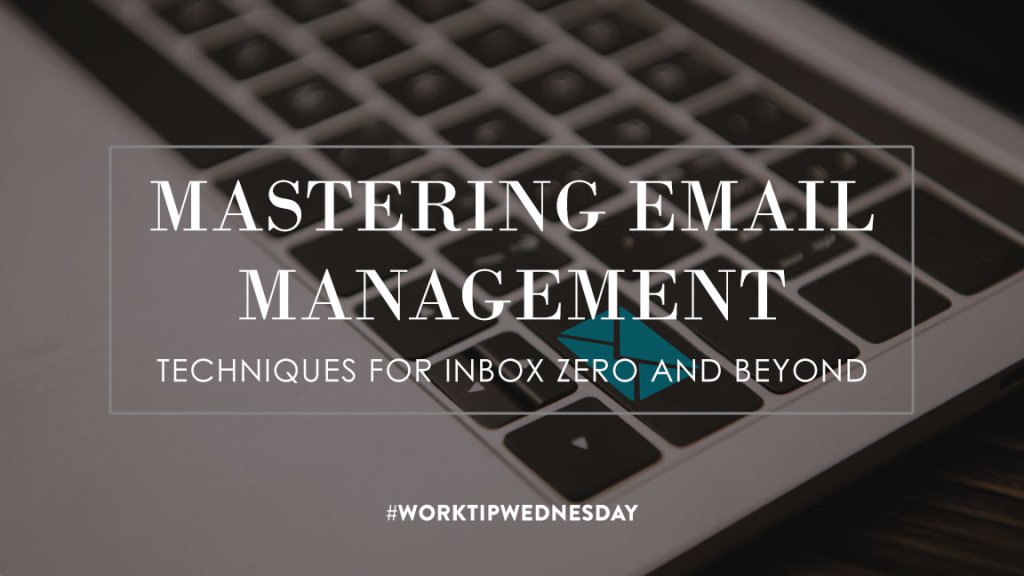
Email has become an indispensable tool for communication in the workplace. However, the constant influx of messages can quickly overwhelm even the most organized individuals. Fortunately, mastering email management is not an elusive skill; it’s achievable with the right strategies and techniques. From achieving the coveted “Inbox Zero” to maintaining a clutter-free email environment, here are some tips to help workers streamline their email workflow and reclaim control of their inbox.
- Prioritize Your Emails: Not all emails are created equal. Prioritize your messages based on urgency and importance. Identify emails that require immediate attention, those that can be addressed later, and those that can be archived or deleted without a response. Tools like flags or labels can help categorize emails accordingly.
- Set Aside Dedicated Time: Designate specific time slots throughout the day to check and respond to emails. Constantly checking your inbox can be distracting and disrupt your workflow. By setting aside dedicated time for email management, you can maintain focus on your tasks while ensuring timely responses to important messages.
- Use Email Filters and Rules: Most email clients offer filtering and rule-setting features that allow you to automatically categorize and prioritize incoming emails. Set up filters to sort emails by sender, subject, or keywords into folders or labels, making it easier to manage and locate relevant messages.
- Unsubscribe and Manage Subscriptions: Over time, your inbox can become cluttered with promotional emails and newsletters. Take the time to unsubscribe from mailing lists that no longer serve your interests or are no longer relevant to your work. Alternatively, use a service like Unroll.me to consolidate and manage subscriptions efficiently.
- Utilize Templates and Quick Responses: Save time on repetitive email responses by creating templates or using canned responses for common inquiries or requests. Most email clients allow you to create and save templates that can be easily customized and reused, streamlining your communication process.
- Practice the Two-Minute Rule: Adopt the “two-minute rule” for quick email tasks. If an email can be responded to or acted upon in two minutes or less, do it immediately. This helps prevent the accumulation of small tasks that can clutter your inbox over time.
- Limit Email Checking: Resist the temptation to constantly check your inbox throughout the day. Set specific intervals for checking email, such as every hour or every few hours, to maintain focus on your primary tasks. Consider turning off email notifications to minimize distractions.
- Delegate and Collaborate: For emails that require action from others within your team or organization, delegate tasks or collaborate using project management tools or communication platforms. Clearly communicate expectations and deadlines to ensure efficient collaboration and follow-up.
- Archive and Organize: Develop a systematic approach to archiving and organizing your emails. Create folders or labels based on projects, clients, or categories to easily locate and reference past communications when needed. Regularly archive or delete old emails to keep your inbox clutter-free.
- Practice Mindful Emailing: Before hitting send, carefully review your email to ensure clarity, relevance, and professionalism. Avoid unnecessary CCs and BCCs, and be concise in your communication to respect recipients’ time. Practice mindful emailing to foster effective communication and reduce email overload.
By implementing these techniques and incorporating them into your daily email routine, you can effectively manage your inbox, increase productivity, and reduce stress associated with email overload. Remember, mastering email management is not about achieving perfection but rather finding a workflow that works best for you and enhances your overall productivity in the workplace.
